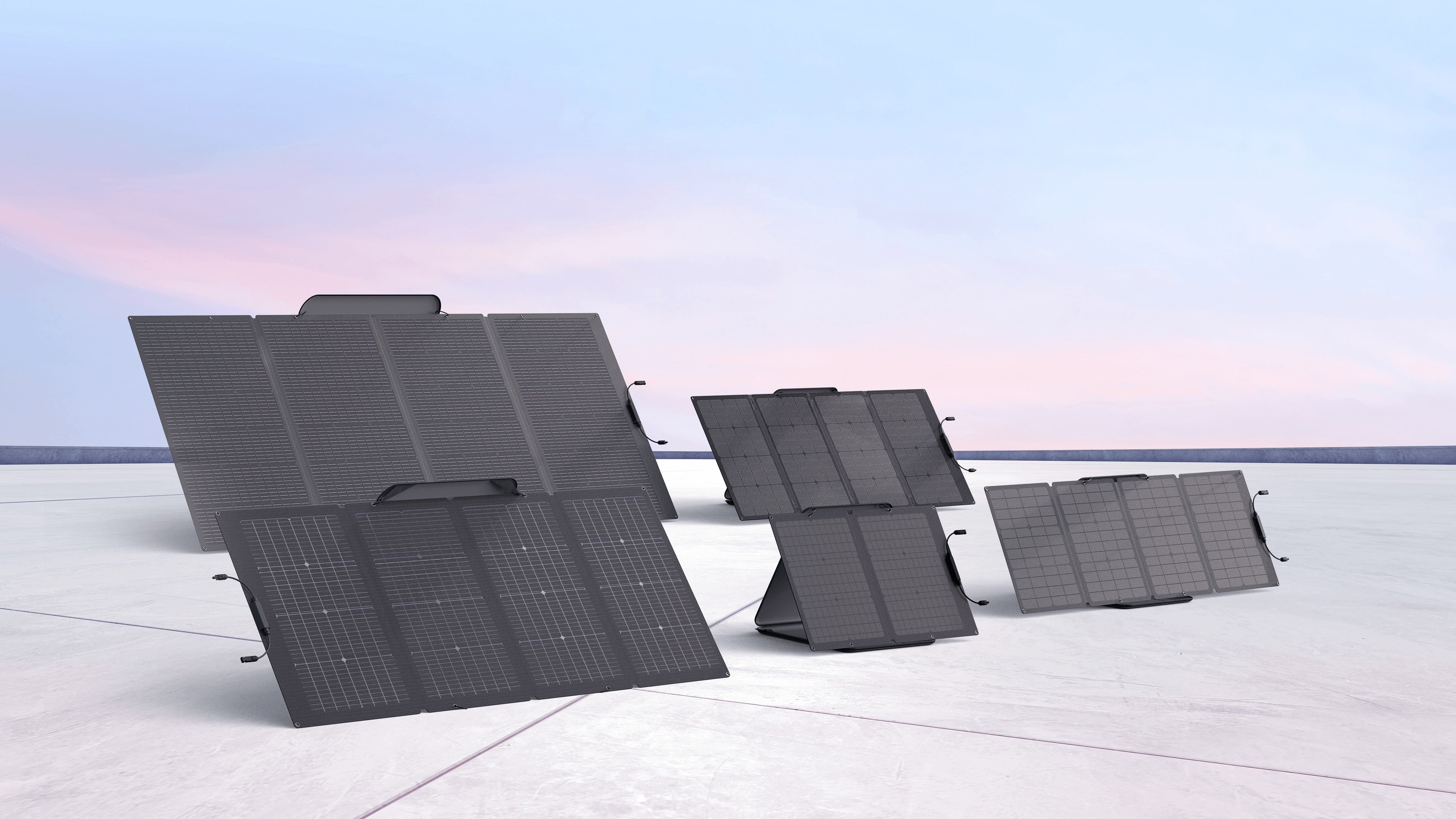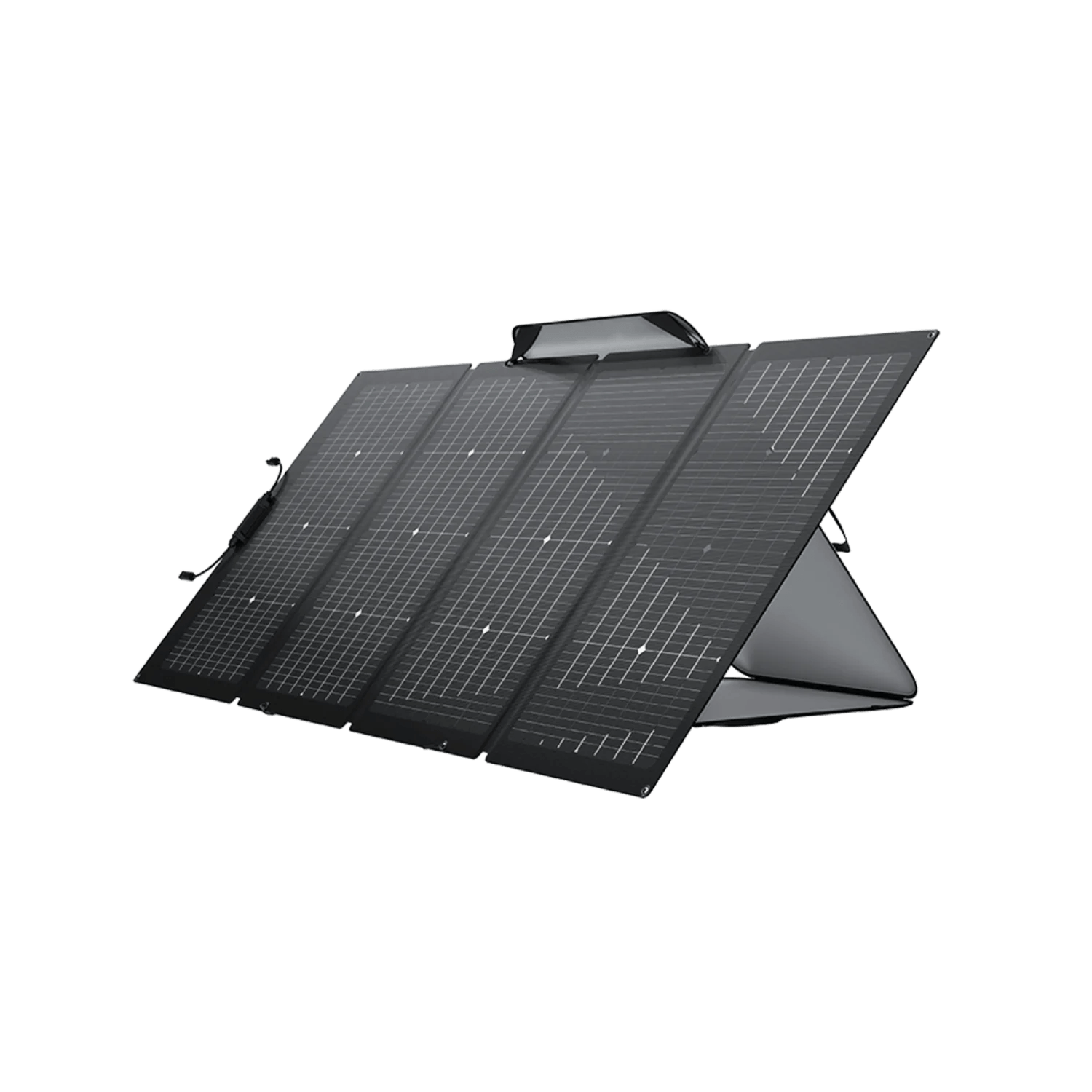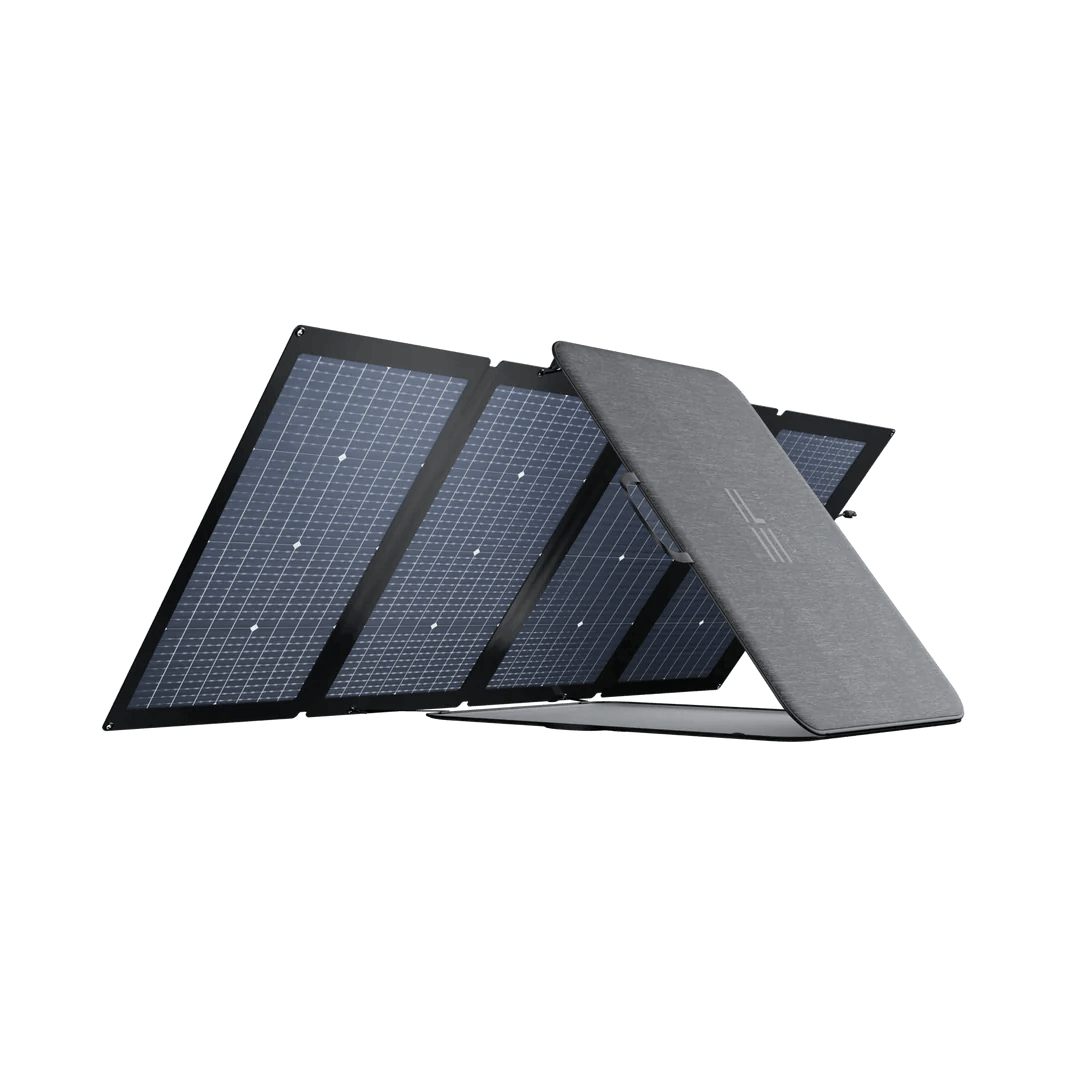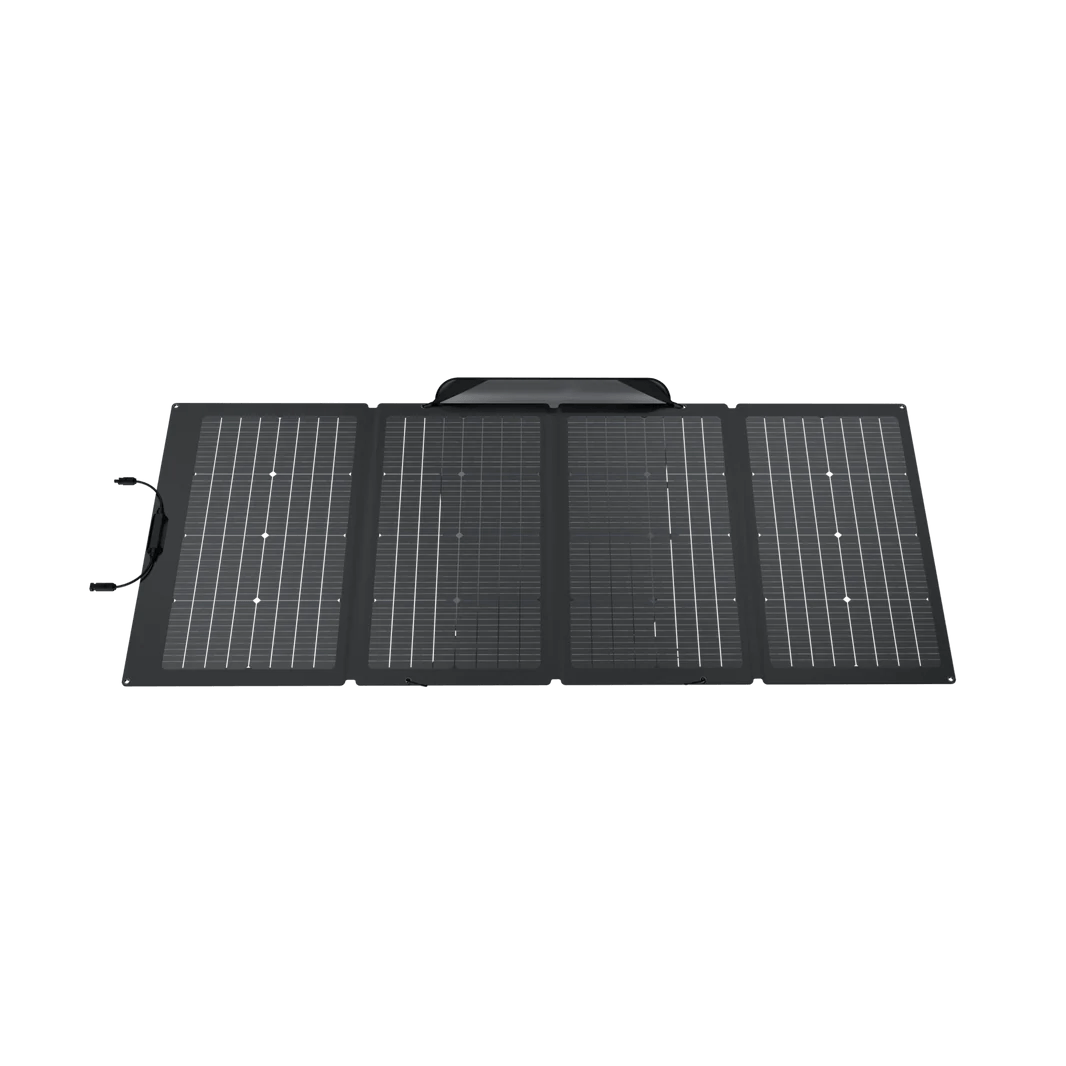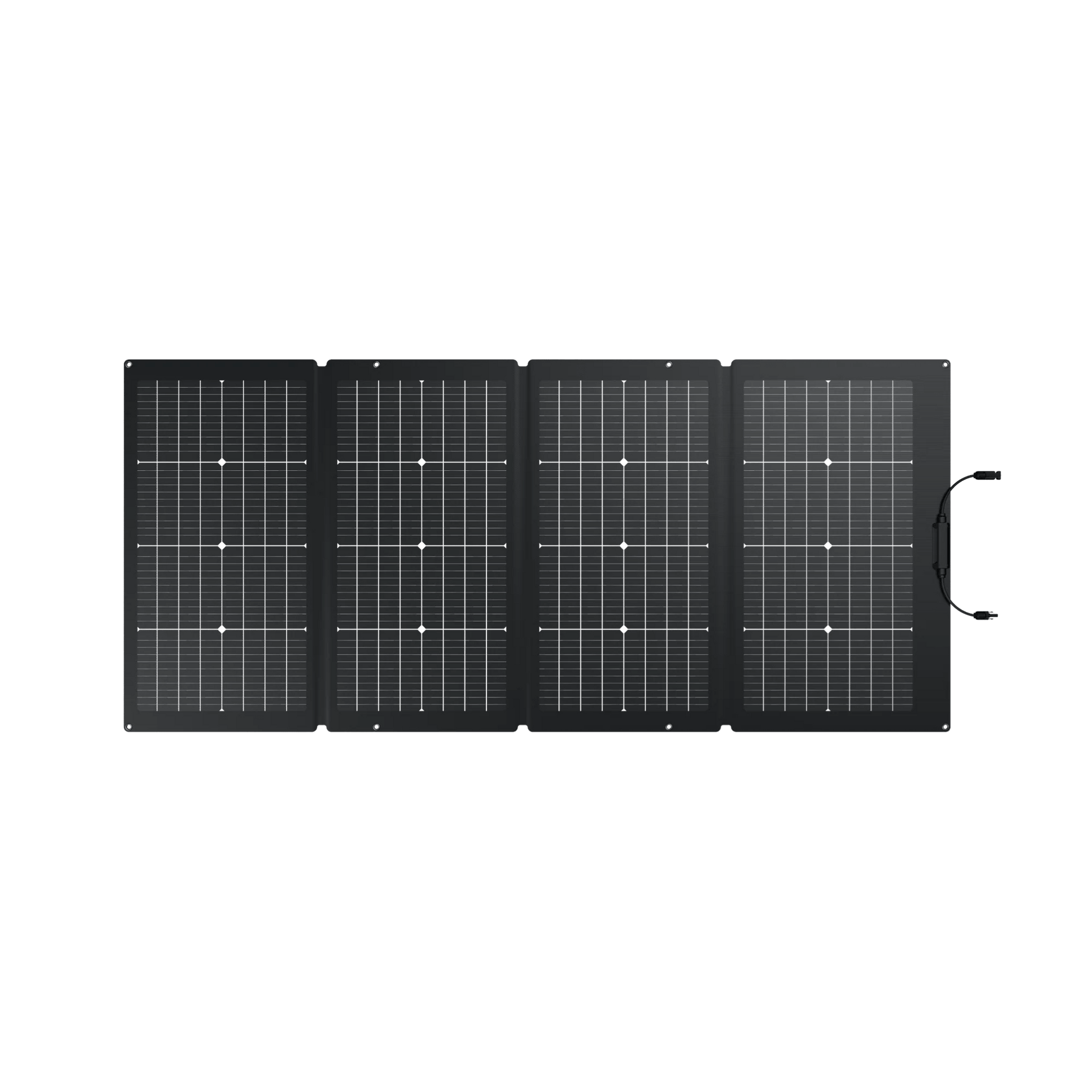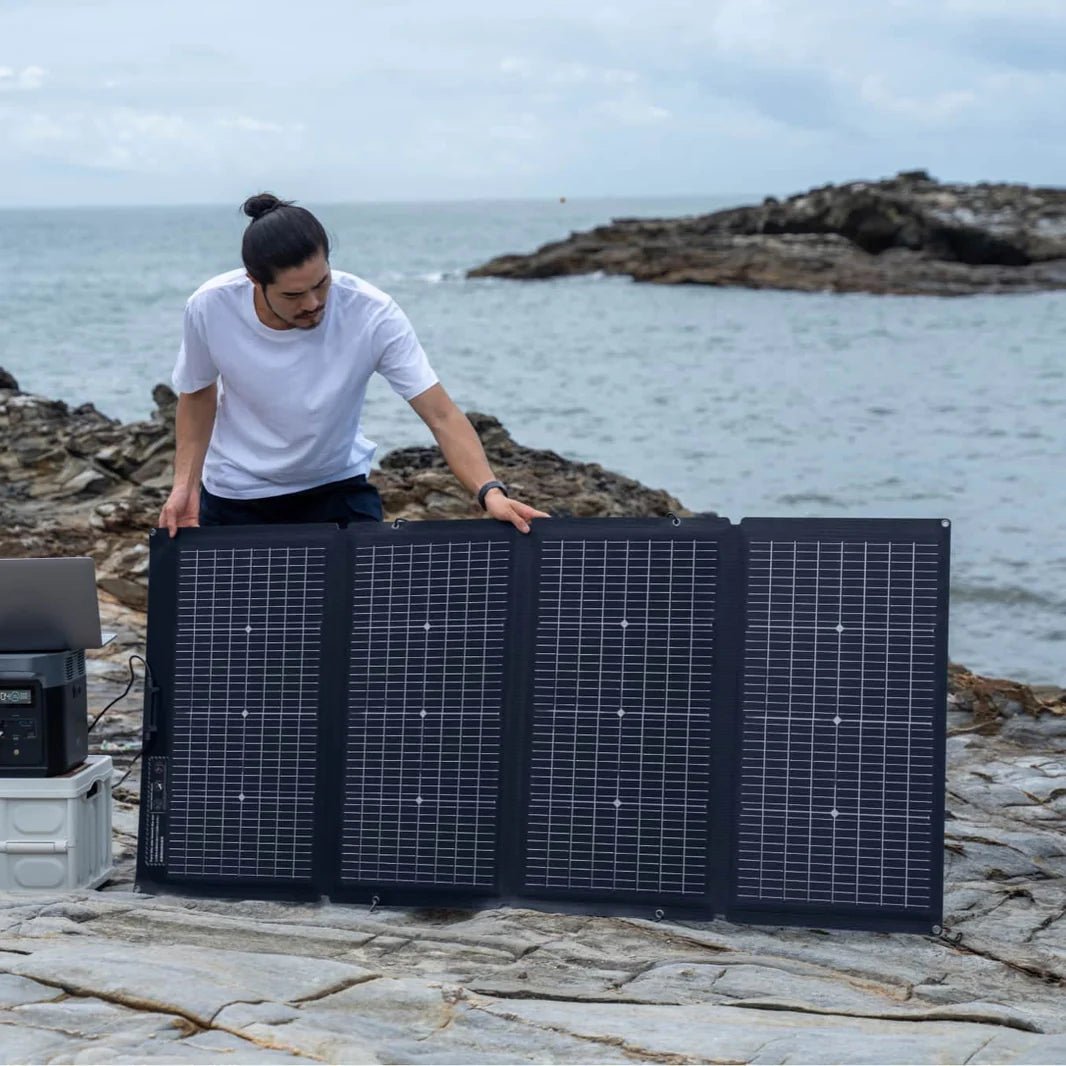EcoFlowGuam
EcoFlow 220W Bifacial Portable Solar Panel
EcoFlow 220W Bifacial Portable Solar Panel
Couldn't load pickup availability
Share
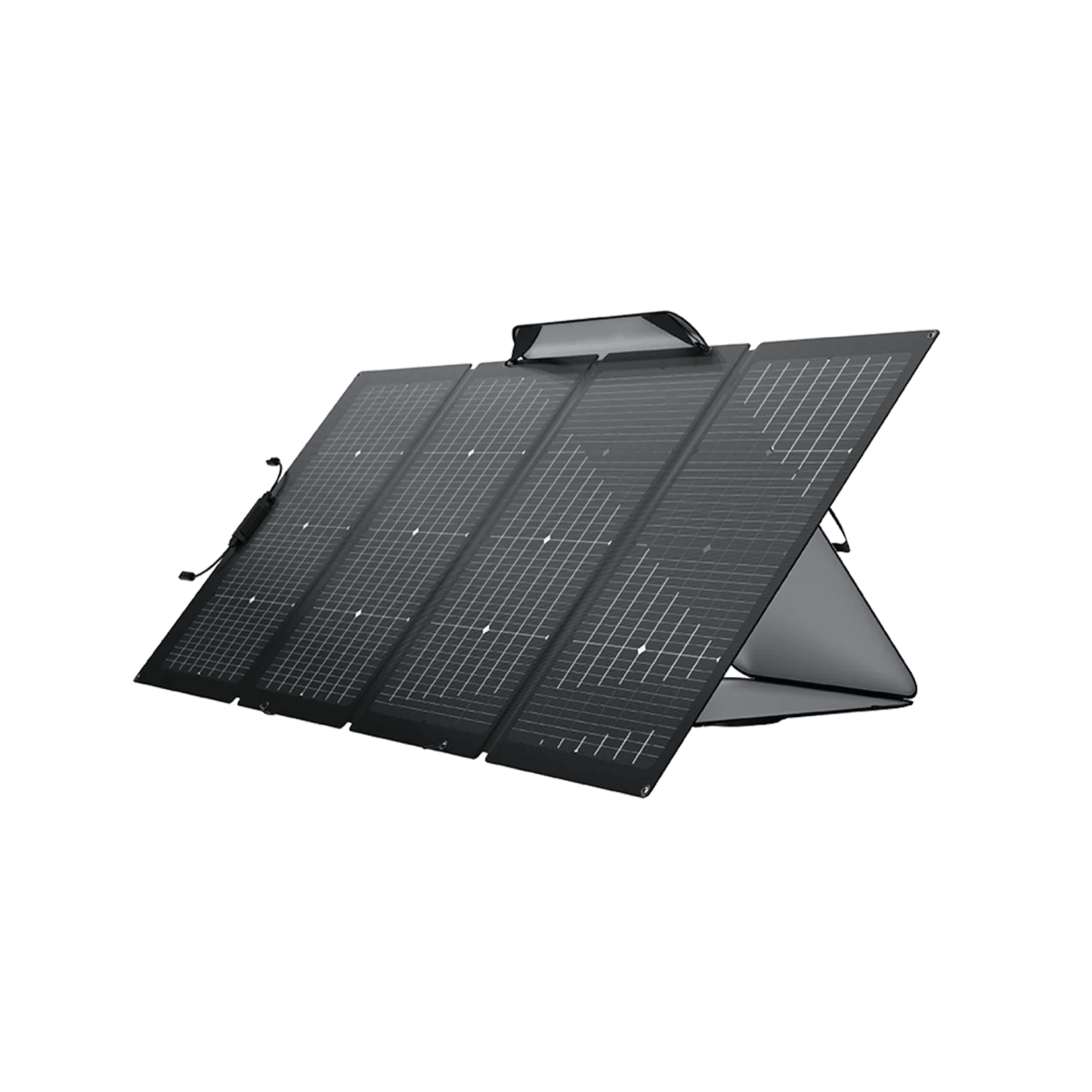

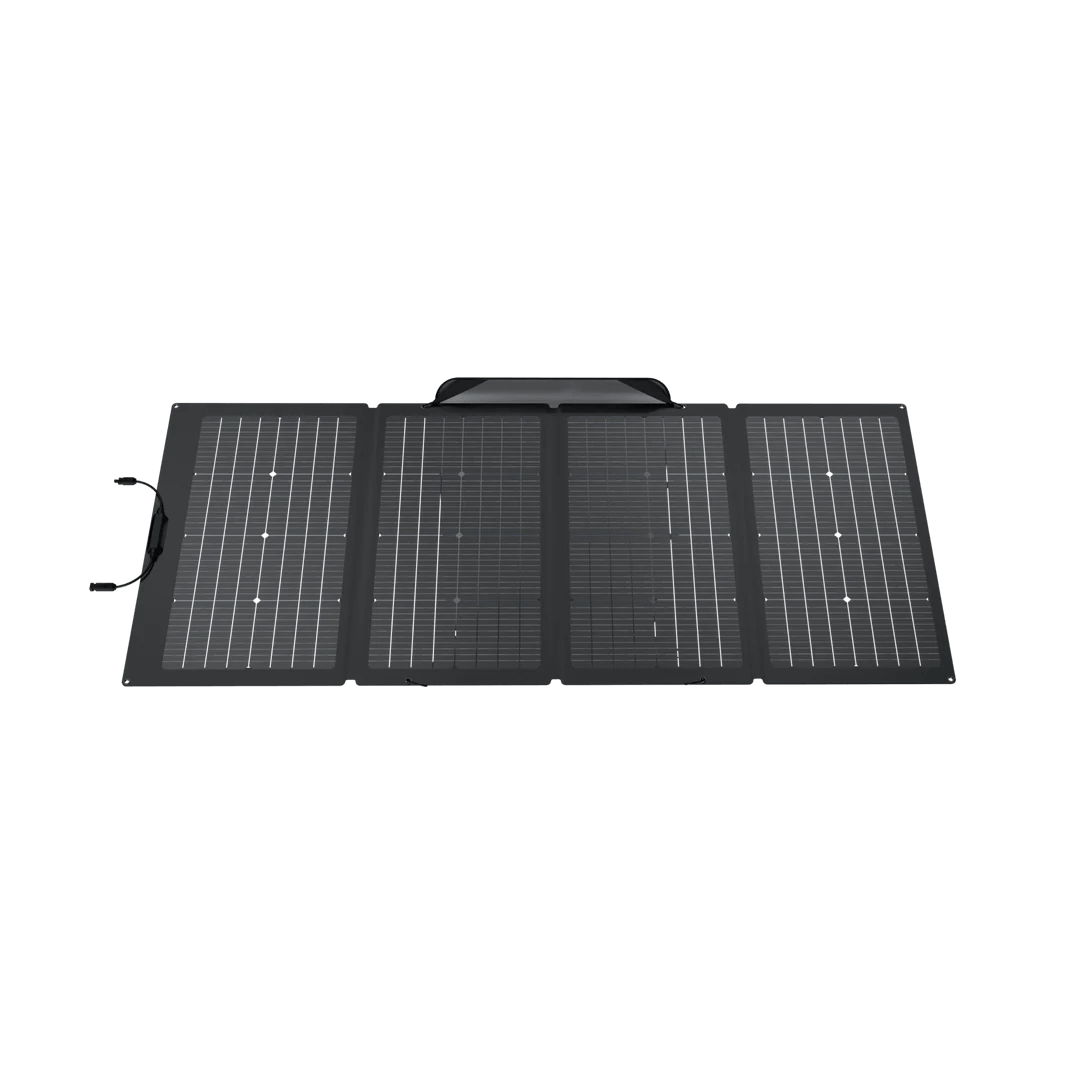

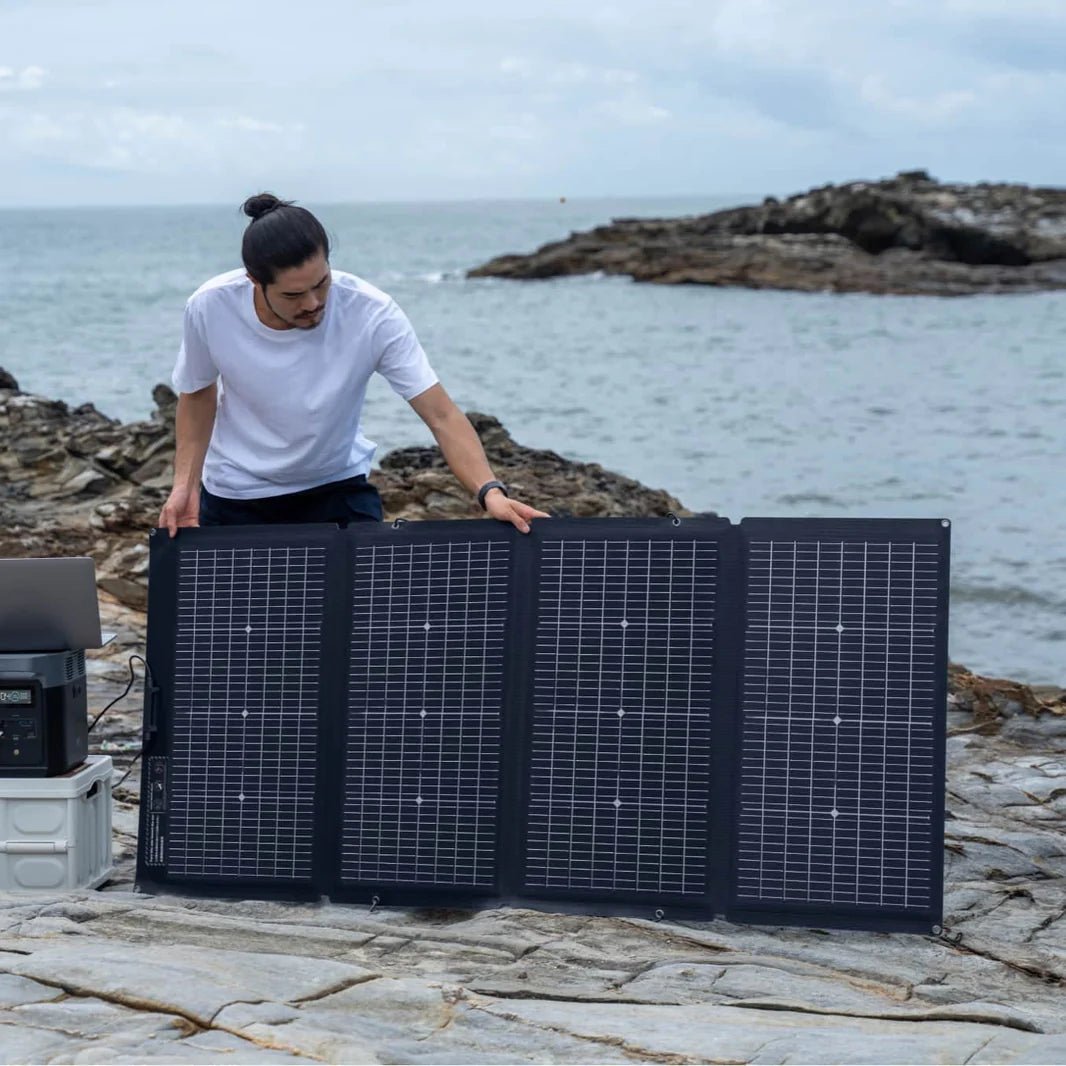
Power your everyday appliances at home and off-grid with sustainable solar energy.

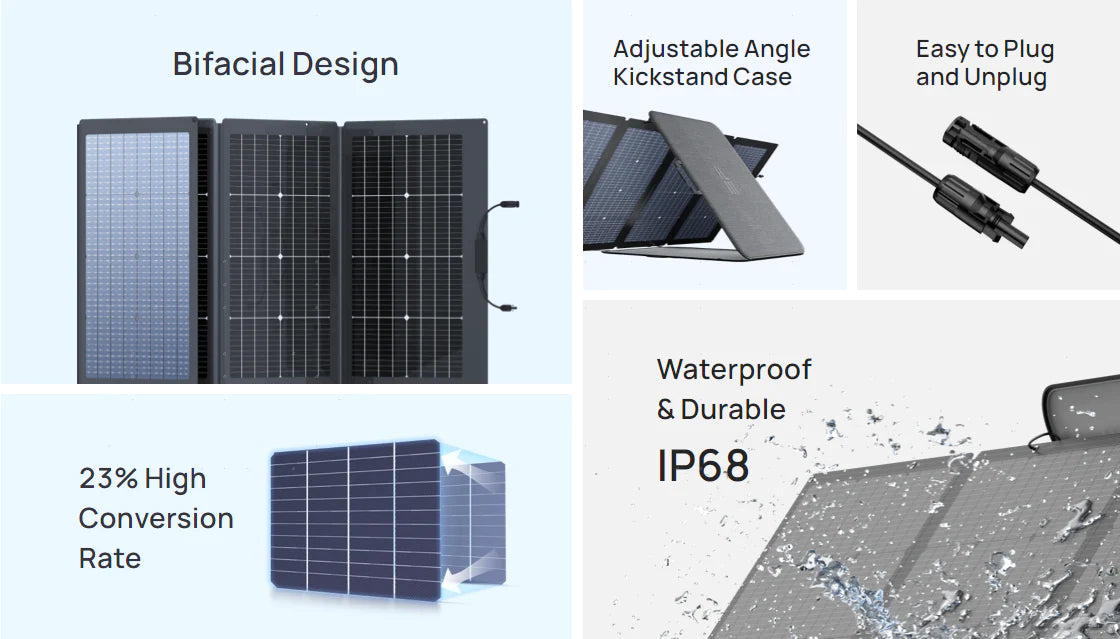
More energy with a two in one bifacial design.
EcoFlow’s 220W Bifacial Portable Solar Panel is two in one. With a 220W primary side, and a 155W side on the back for ambient light, you can capture up to 25% more solar energy and charge your portable power station even faster.
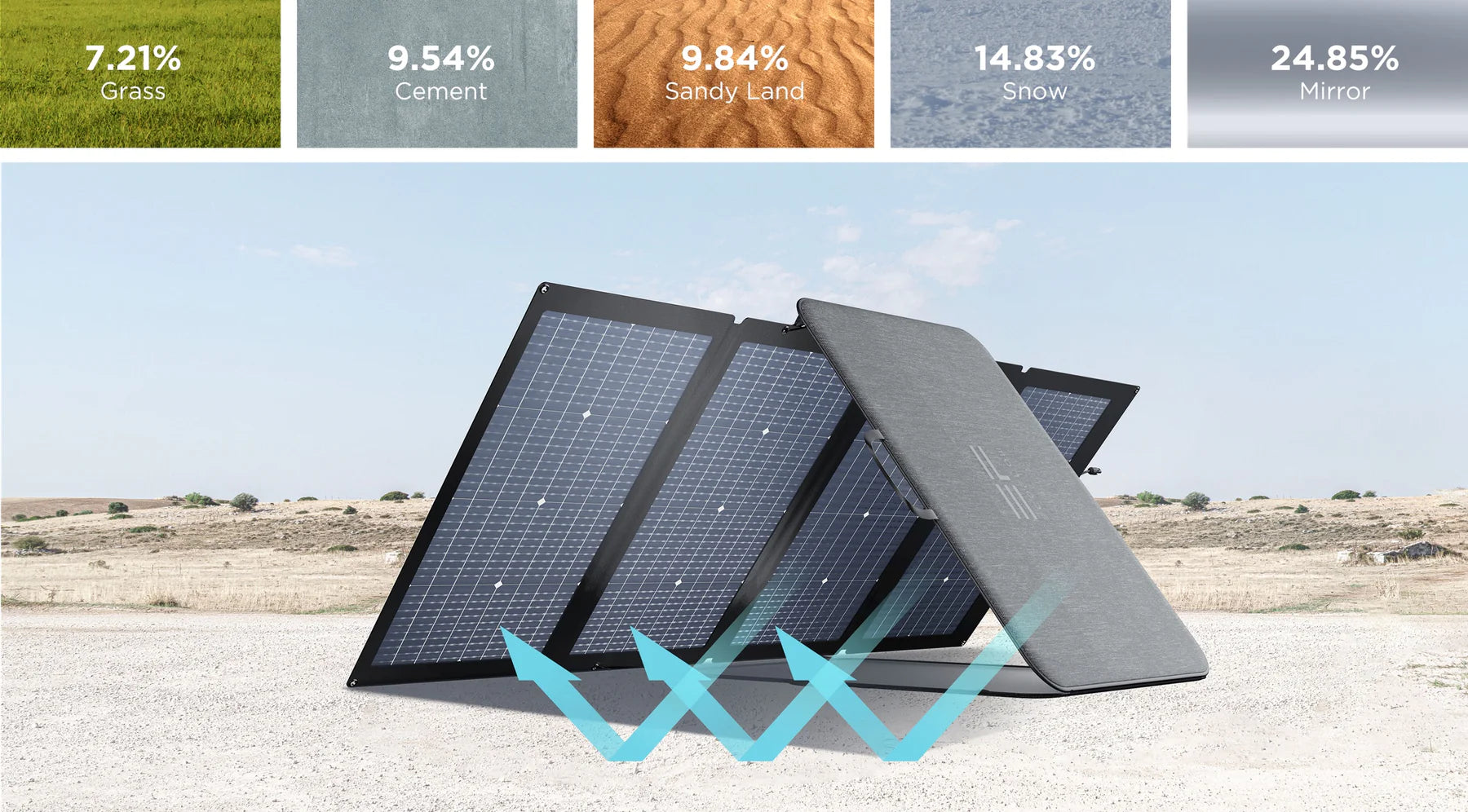
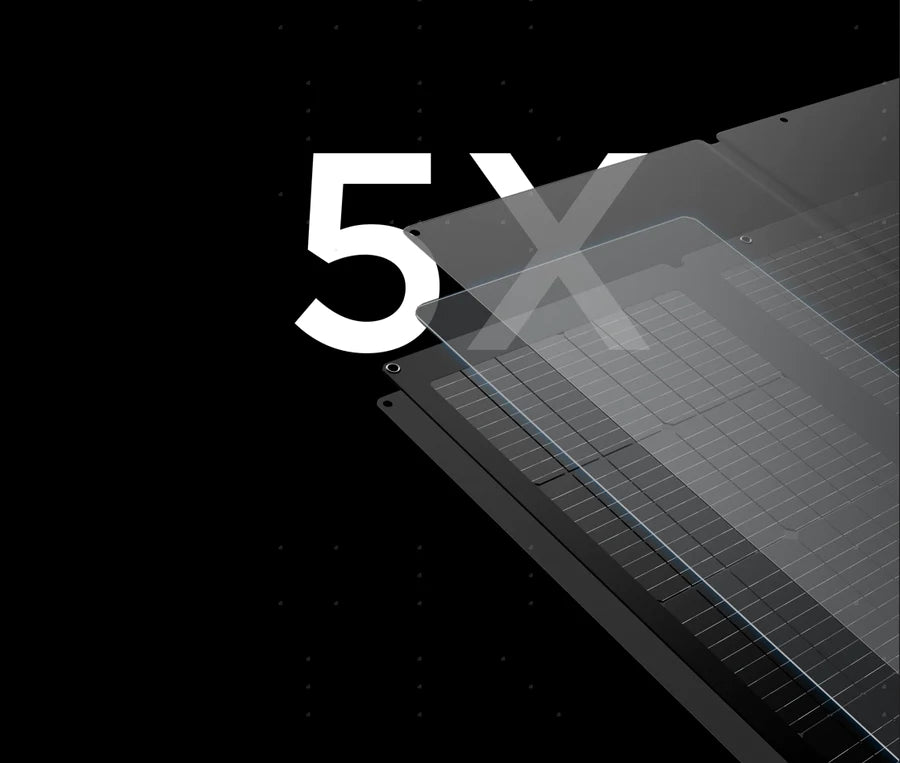
Built to last.
The thin, one-piece tempered glass design makes it five times tougher than comparable panels with half the thickness of traditional tempered glass. Capable of withstanding heat up to 300°F , it's safe to say it can resist the elements.
4X More Rear Side Heat Dissipation
<10% Power Degradation Over 10 Years
*Compared to standard solar panels.
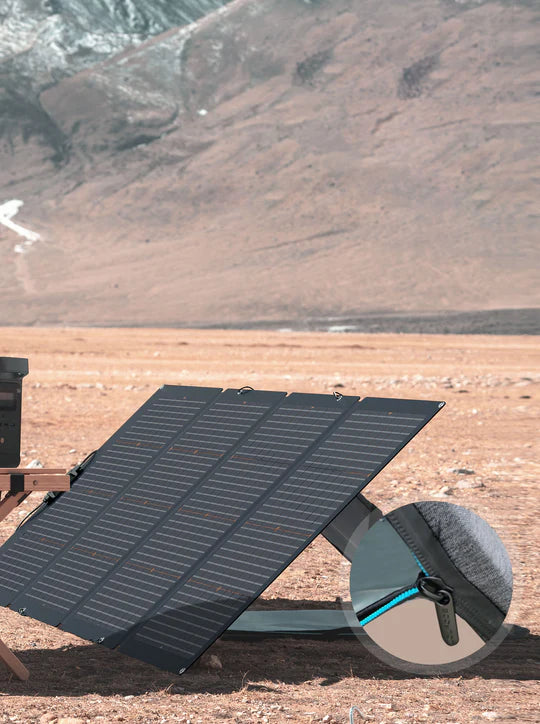
Powerfully portable.
It's a portable solar panel designed from the ground up to be compact. 10% smaller than comparable 220W panels, it saves space with thinner tempered glass, and less surface area required for the same input.
More than a carry case
It comes with its own carry case so you can take it anywhere. Once you arrive at your destination, simply unfold it and use it as a kickstand to get your sun exposure just right.
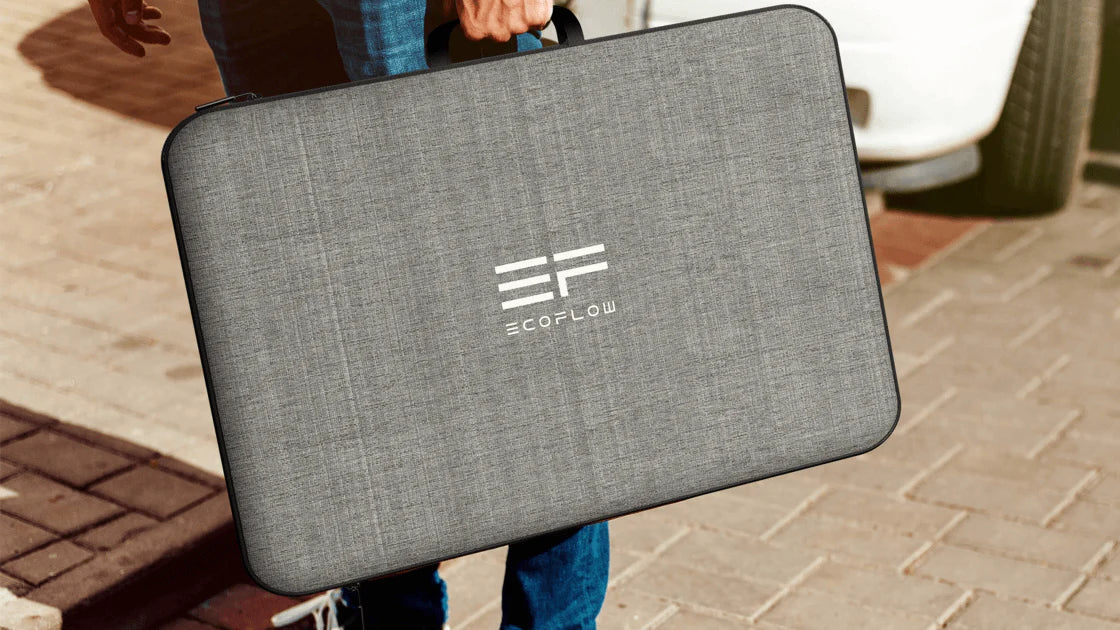
And it’s waterproof too.
We’ve raised the bar with this panel. It's completely water and dust-tight. Rain, wind or shine, your panel is safe with an IP68 waterproof rating.

*IP68: maximum water depth of 1 meter for up to 24 hours.
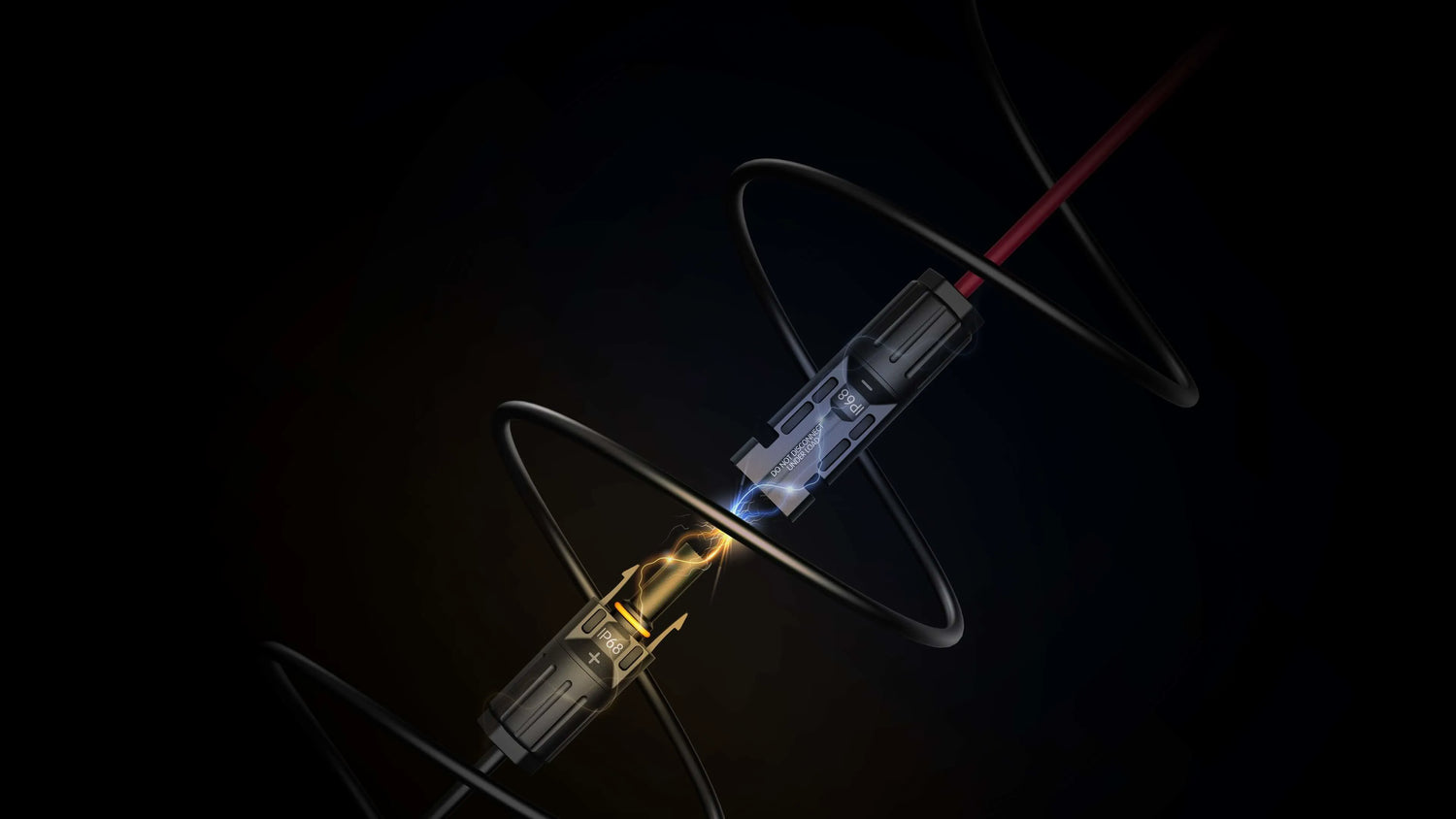
solar connectors
The perfect power couple.
All EcoFlow portable solar panels use a universal solar connector, so they work with almost all third-party portable power stations as well as EcoFlow’s.
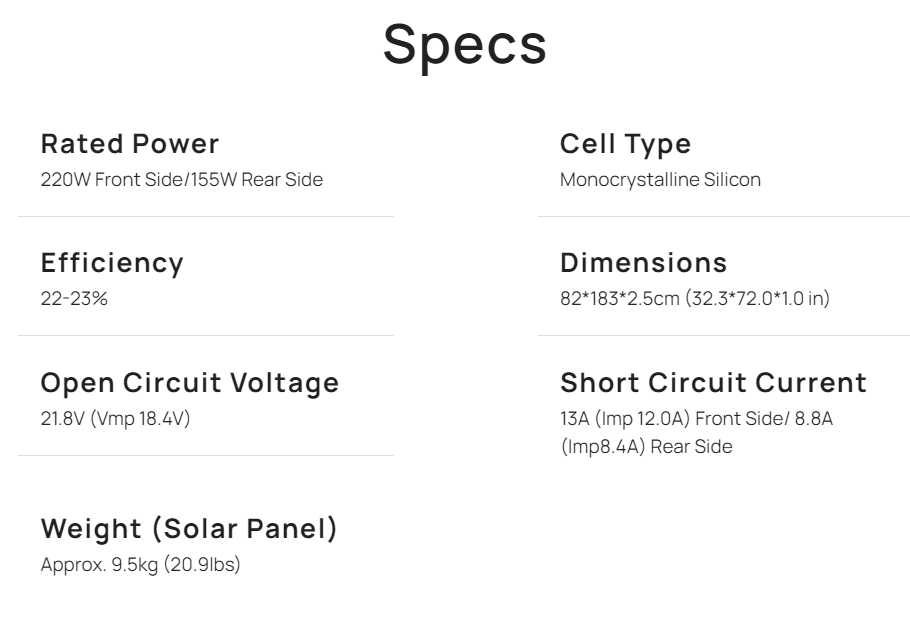
Compare
-
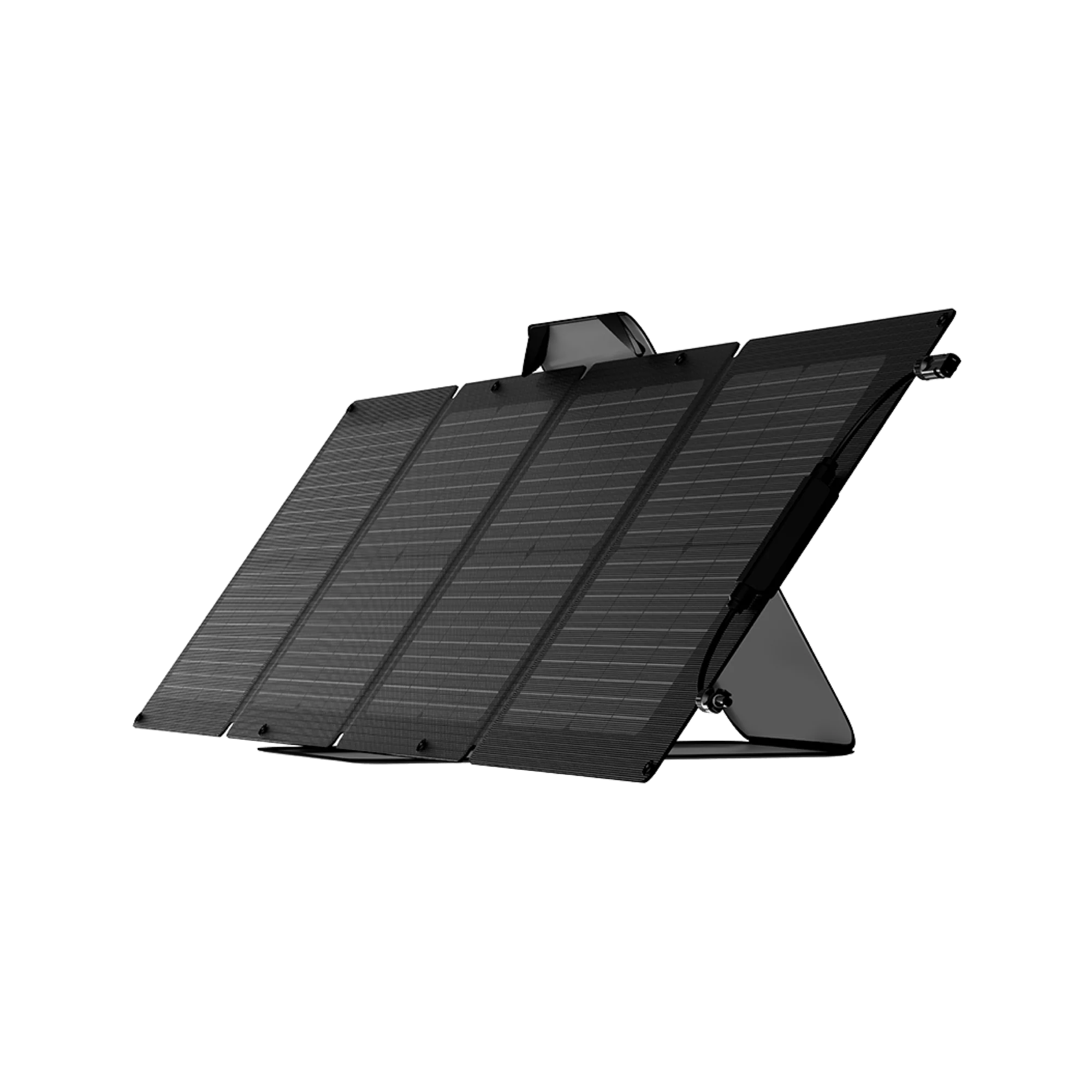
110W
- Rated Power: 110 Watts
- Unfolded: 62.5x20.2x1.0in
- Efficiency: 21-22%
- Warranty: 12 Months
- MSRP: $399
-

160W
- Rated Power: 160 Watts
- Unfolded: 61.8x26.8x1.0 in
- Efficiency: 21-22%
- Warranty: 12 Months
- MSRP: $449
-
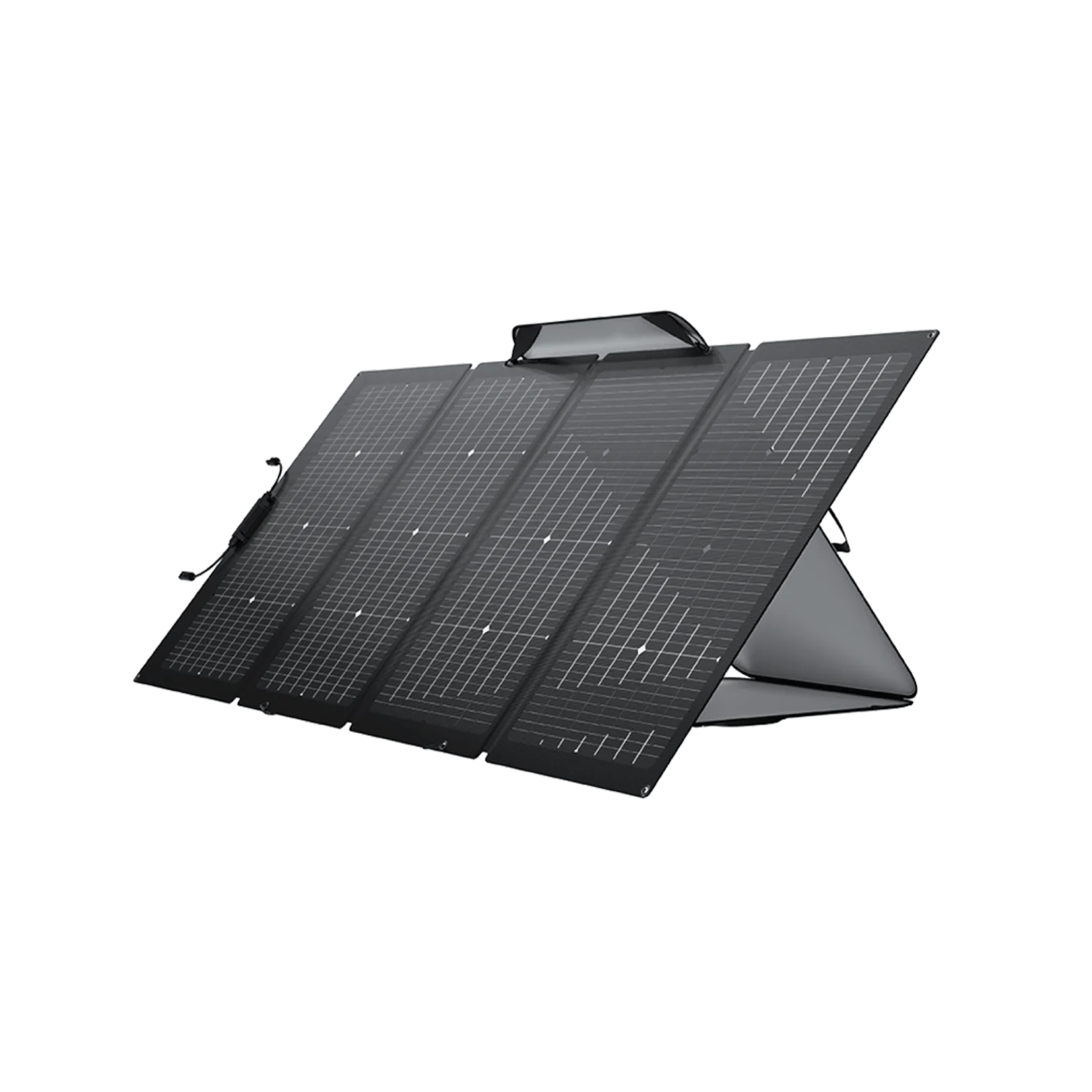
220W Bifacial
- Rated Power: 120 Watts
- Unfolded: 72.2x32.3x0.98 in
- Efficiency: 22-23%
- Warranty: 12 Months
- MSRP: $649
-

400W
- Rated Power: 400 Watts
- Unfolded: 93.1x43.7x1.0 in
- Efficiency: 22%
- Warranty: 12 Months
- MSRP: $1,199
